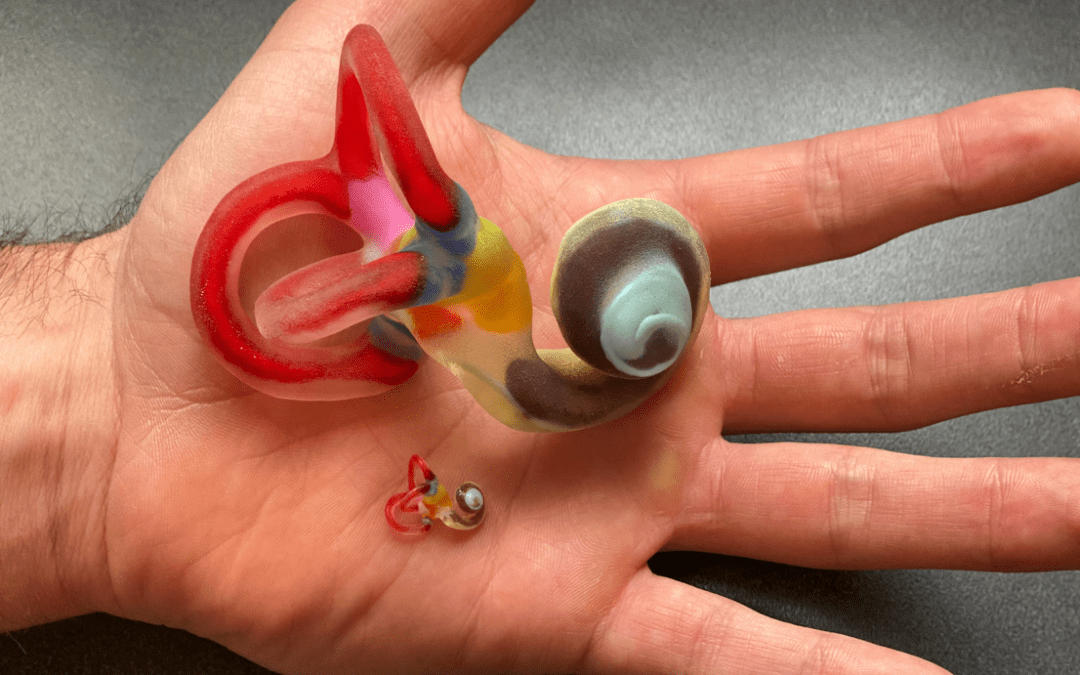🏆 Winner: Second Place – Best Poster Award
🏆 Winner: Best Corporate Sponsor Award
The objective of this project is to analyze the pressure gradients in the inner ear, particularly in the region of the Bast’s Valve, in order to determine what relationship, if any, it has to the vestibular disorder Meniere’s Disease.
Sponsor

Johns Hopkins Medicine – Division of Otology and Neurotology
Team Members
Rhys Butler | Stephanie Tang | Ethan Neuwirth Guerra | Daniel Ford | Diana Lowther | Mark Latuska | Andrew Paulauskas | Tacie Telesky | | | |
Project Poster
Click on any image to enlarge.
Project Summary
Overview
Within the inner ear, the utriculo-endolymphatic valve (Bast’s valve) is an anatomic separation between vestibular chambers that was discovered almost 100 years ago. Despite being well-described anatomically, there has been little research on the effects of pressure changes across this valve. Understanding the normal conditions for the valve’s patency and closure are important to understanding inner ear disorders like Meniere’s disease.
Objectives
Our team’s long-term objectives involve the use of physical, computational, and mathematical modelling to examine the pressure gradient surrounding Bast’s Valve to understand the conditions in which it opens or closes. Due to the wide scope of these objectives with little published data to work from, the objectives specific to this semester concentrated on computational modelling and introductory mathematics.
Approach
– Initial research efforts were conducted by all group members to determine dimensions, material properties, geometrical shapes, as well as understand any existing knowledge on the pathology of Meniere’s Disease that could be pertinent to our efforts
– Fluid mechanic topics such as utilizing Navier Stokes, determining flow regime, etc. were studied by several group members in order to propose an introductory mathematical model
– Due to the extreme variability found in our research for model constants like Young’s Modulus, Poisson’s Ratio, etc., a MATLAB code was used to formally record the equations we used in order to easily change constant values when future research is conducted
– COMSOL models with varying complexities and differing geometries were developed to examine the region of the Bast’s Valve
– Weekly sponsor meetings were conducted to receive crucial feedback on project progress
– Collaborated with COMSOL experts, inner ear researchers, fluid mechanics specialists, anatomical printing personnel, etc. gather outside perspectives and aid in the modelling processes
Outcomes
– A large subset of publications was gathered and organized to assist future groups
– A 3D printed anatomical model was created to demonstrate the capabilities of printing complex models for future physical prototyping efforts
– A novel hypothesis was proposed to describe how the valve functions in a diseased state
– Our COMSOL models paired with our thorough research allowed us to conclude that the Bast valve is indeed controlled by pressure




